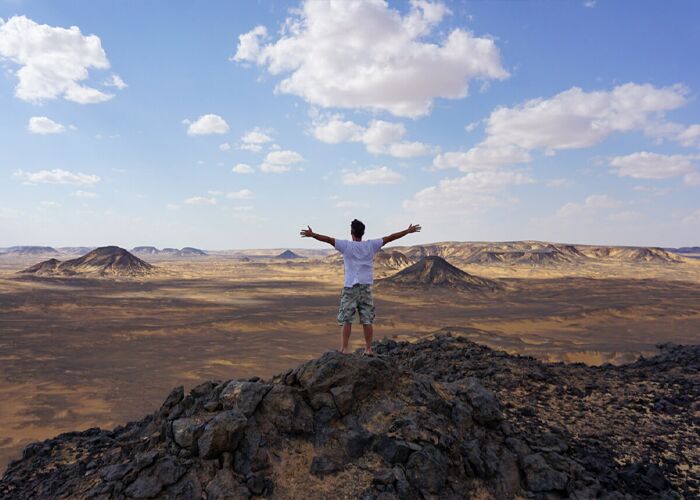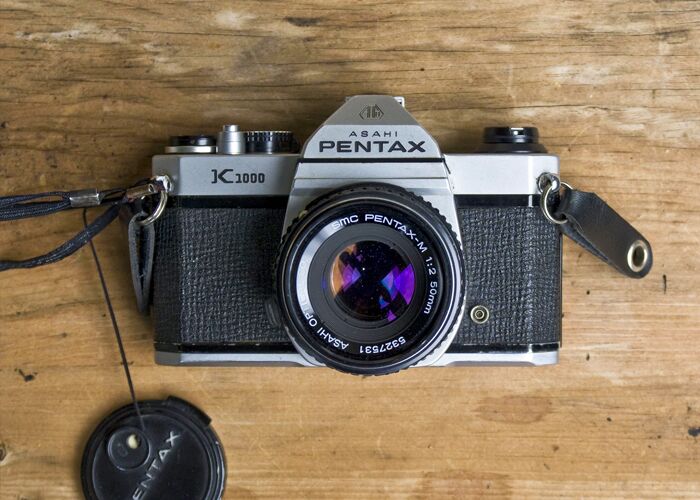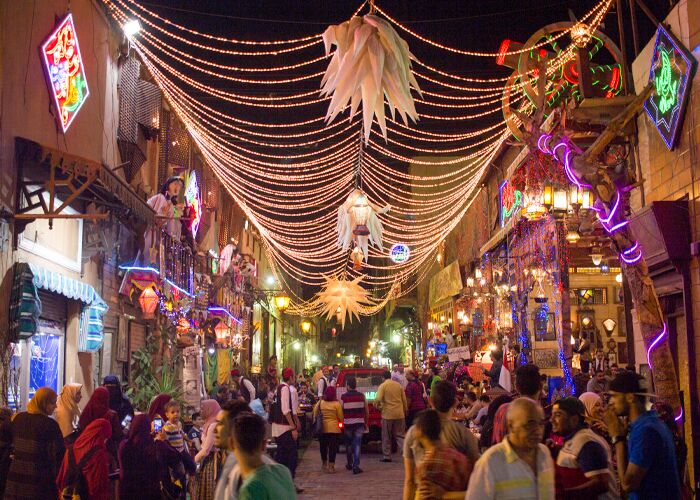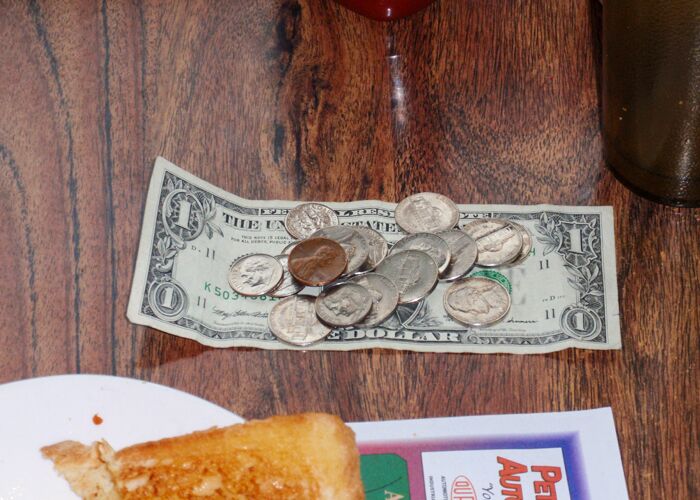Going to Egypt by Yourself!
Egypt is known as the land of the pharaohs and as a place to visit. Egypt is where an ancient civilization began. Because of this, many people all over the world want to visit Egypt.
But they always wonder if a trip to Egypt, especially for a woman travelling alone, is safe or not. Here are the answers to some of the most common questions about going to Egypt by yourself.
1- Does Harassment Happen in Egypt?
Harassment happens everywhere, and it also happens in Egypt. The best way to avoid being harassed is to just ignore it, keep going on your trip, and enjoy every moment of it. When you’re in trouble, the tourist police are always there to help.
2 – What to do before it starts?
The best way to deal with this problem is to ignore it, but if it keeps going on, you can scream and call the police. To stay safe on your trip, you should also go with a tour guide.
3- Is it better to go on a trip with a group?
It’s safer to travel with other people, so this is a great idea. When you travel in a group, you can go to many important places at a set time and have less contact with the locals. [check out our group tours of Egypt]
4- What should I do in Egypt?
Families go for walks in the streets at night in many cities like Cairo and Luxor, which is fun for women who are travelling alone. Most cheap hotels are good for women who are travelling alone because they make them feel safer and more comfortable. [Check out our Egypt tours for single travellers]
5- How do I travel around Egypt?
Women who go to Egypt alone can take a taxi, Uber, or Careem (they are the safest transports). Egypt has a lot of cheap public transportation options. In Cairo, there are special subway cars for women, and it’s best to sit next to a woman on a bus.
6- What should I wear to Egypt?
It must remember that both the Muslim and Christian cultures in Egypt are very traditional. So, it’s always best to wear long clothes that cover your knees, upper arms, and neckline. Cover your head with the veil when you go to a mosque, if you are a woman. On the beach, short clothes are best.
7- How to Choose a Safe Hotel.
Hotels are the safest places to be because they have security at the doors and inside. When choosing a hotel, it’s a good idea to look for one that has a good reputation. When you go out, you should also have the hotel’s information in case you get lost and don’t know how to get back. We can help you get in touch with us.
8- Start with a guide from the area.
As a local guide, a woman is better because she knows everything about the country and its historical sites. [Egypt via travel can help you plan your trip.]
9- Knowing where you’re going.
It’s a good idea to find out as much as you can about the places you want to visit and plan and organise your trip. You can do this by looking at government websites, travel blogs, and public forums, or by going to the places yourself. Learn the names of the places you visit and a few Arabic words, such as:
- Salam or Marhaba : Hello
- Betetklem inglizi : Do you speak English?
- Gamil : Nice
- Ismi : I am… or My name is …
- Shukran : Thank you
- Afwan : You are welcome (Shukran’s reply)
10- Do you have a spouse?
When you talk to locals in tourist areas, it’s best to say you’re married, because they respect that and won’t be as aggressive with you.
11- Don’t give out any personal information.
It’s normal to give someone your phone number or a social network like Facebook or WhatsApp after talking to them, but it’s not a good idea to talk to the locals after that.
12- Make plans to go to Egypt.
Egypt is a great country with a mix of modern and ancient things. It has a long and interesting history, historical artefacts, cultural adventures, and a lot of things to do that can keep you busy from evening to morning.
To go to Egypt, you can look at our Egypt travel packages, go on a Nile cruise, or visit Cairo, Alexandria, Luxor, and Aswan to see the beautiful gems in these ancient cities.





